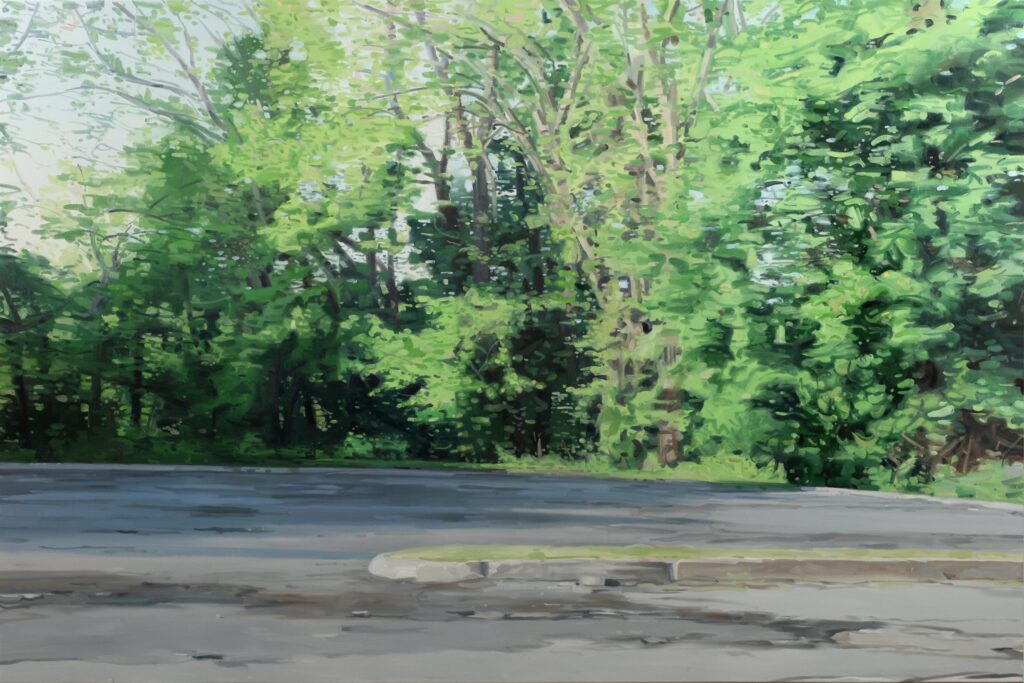
Courtesy of the artist and Magenta Plains.
To confront the new reality of social distancing under COVID-19, galleries are engaging in a virtual arms race. Whether experimenting with virtual and augmented reality, or building more basic digital platforms to keep connected with clients, dealers and auction houses are fast-tracking their digital strategies. On a superficial level, these efforts appear to be paying off. Hauser & Wirth have reportedly sold out of works in their online exhibition for George Condo, while David Zwirner apparently has seen a 500% increase in web traffic since closing, with new collectors composing 47% of online inquiries. Figures like this, however, only heighten the cognitive dissonance generated by news of auction houses and mega galleries like Gagosian, Pace, and Lévy Gorvy furloughing workers.

If these sales aren’t enough to sustain operations among the upper echelons of the art world, the existential plight facing smaller galleries as a result of the pandemic is acutely felt. Thomas Ahlgren, the membership and events manager of the New Art Dealer’s Alliance (NADA), told Hyperallergic in mid-March that “Galleries are trying to sell art via email, but the economy and the stock market are so down and not as many collectors are willing to buy art right now.” Inserting itself into the gap between collectors who are remaining active online and younger galleries without the resources to quickly pivot to digital initiatives, David Zwirner launched its Platform: New York (April 3–May 1) and Platform: London (April 17–May 15) series of online exhibitions to benefit small and mid-sized dealers. Having developed an infrastructure for online viewing rooms in 2017, the gallery opened its site—and international clientele—to galleries in both cities, allowing each to post two works by an artist of their choosing. Zwirner takes no commission, and sales are managed directly by the participating galleries themselves. Platform: Los Angeles was announced on April 27, and will open on May 1.
I recently spoke with representatives of three galleries participating in Platform: New York and London—Magenta Plains, Hollybush Gardens, and James Fuentes Gallery—to understand the short-term financial impact of this initiative, how it reflects or challenges the relationship between smaller and more established galleries, and what the future of online exhibitions might look like.
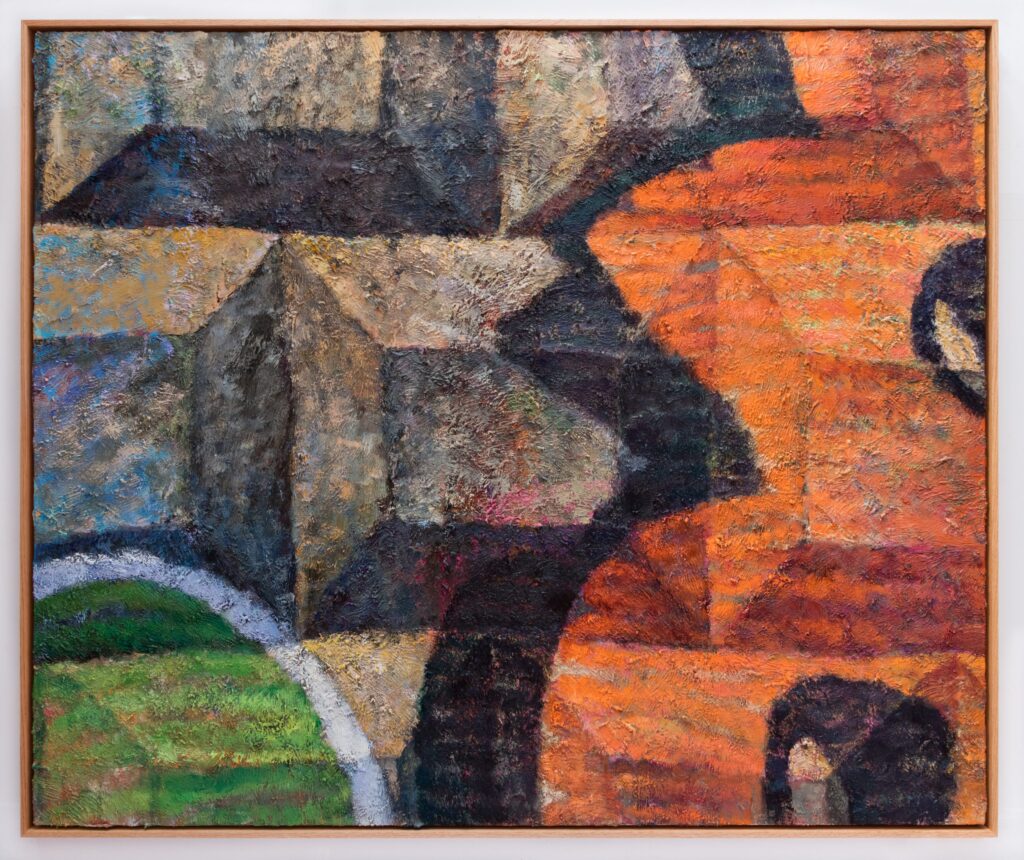
Conditioned by the entrenched perception of the New York art world as hypercompetitive, cut-throat, and secretive, I initially reacted to Platform with some skepticism. As a gallery not above accusations of “poaching” (Zwirner himself prefers to describe his acquisition of artists as being “opportunistic”), the appearance of the collaboration is one of performative magnanimity that ingratiates itself to the public while casting long-term (opportunistic?) designs on emerging artists. See this all-caps pre-COVID-19 tweet from Roberta Smith—and its emendation—that frames the relationship between small and large galleries in terms of conflict.

The reality of inter-gallery relationships is, of course, much more nuanced. For Olivia Smith, a cofounder of Lower East Side venue Magenta Plains, her gallery’s participation in Platform is a recognition of the vital importance of galleries like hers within the larger arts ecosystem. “I think that the Zwirner platform is an acknowledgement of that work that we do . . . . It really seems like he believes that we have a stake in this just as much as he does, or his level of galleries do. I think that it’s been incredibly collaborative.” Indeed, larger galleries have the resources and funds to help artists and smaller galleries realize more ambitious projects and scale upward. Joint representation is not uncommon. Zwirner shares representation of Oscar Murillo with Platform: London participant Carlos/Ishikawa, and has in the past collaborated with James Fuentes Gallery in the presentation of work by Georgian artist Tamuna Sirbiladze. Fuentes, who is presenting paintings by Keegan Monaghan as part of Platform: New York, says that the project is an organic, digital manifestation of a pre-existing network of personal and professional relationships. “I would say a lot of the galleries featured on Platform have a connection to people at [Zwirner],” Fuentes explained. “That seemed to be a baseline for the way that they curated it.”
Lisa Panting, cofounder of London-based Hollybush Gardens, agrees, though with the caveat that the hypercompetitive nature of New York doesn’t necessarily translate to the English context. “This thing where artists just move around, we still don’t really have that kind of cut-throat poaching.” In a confirmation of the London art scene’s collaborative foundation, Panting recalled that in the immediate wake of the pandemic, London dealers of all scales convened in a WhatsApp group to strategize a plan of action. One of the members of this thread was a representative from Zwirner’s London outpost, who informed the group of the Platform projects. Panting received an invitation to participate later that week, and is careful to underscore her understanding of Platform as a good-faith endeavor into which the Zwirner team has committed a tremendous amount of hours and effort.
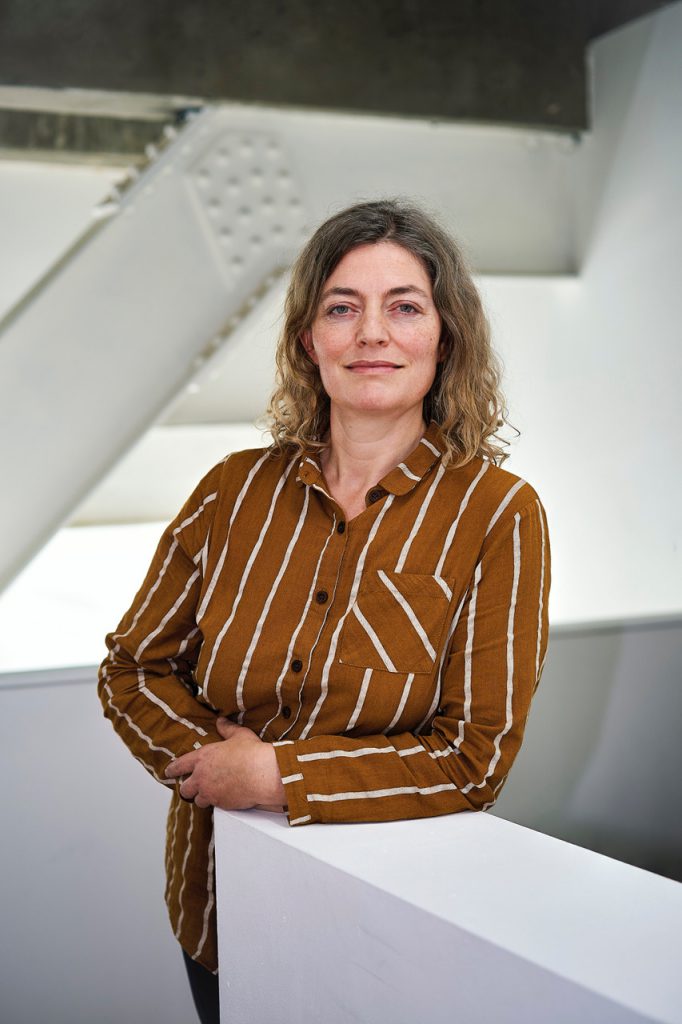
Important to the immediate effectiveness of Platform is that, seemingly out of nothing, what Panting describes as an “impetus” for sales emerged. At the time of our interview, Hollybush Gardens had sold a piece by Andrea Büttner to an American collector, though Panting acknowledged that her gallery needs “other irons in the fire” to ensure financial stability through the crisis. Fuentes understands the galvanizing effect of Platform in similar terms. Reflecting on the awkwardness of trying to pitch art at a time of crisis, Fuentes said that the Zwirner exhibition allowed an easier way to navigate an uncomfortable situation. His gallery has made over six figures in sales since the opening of Platform and has fielded inquiries from Europe and Asia. “There are collectors out there who are intent on buying art right now because they want galleries to survive,” Fuentes explains. Magenta Plains has tapped into them as well. Smith attributes the sale of four paintings by Nathaniel Robinson to Platform.
As the pre-COVID-19 art world faced a reckoning, with figures like Marc Glimcher and Daniel Birnbaum questioning elements of its entrenched infrastructure, it is worthwhile to reflect on how the art ecosystem might transform as sales and exhibitions increasingly move online out of necessity. As a project, Platform—however briefly—embedded galleries into an already existing well-honed infrastructure to a degree not possible in real life. It becomes an interesting case study for re-examining relationships of power within the art market. I asked Smith if a collaborative model like Platform had legs after COVID-19. “I think anything collaborative is good for the world and good for cultural spirit,” she answered, and noted that she has already discussed the possibility of online exhibitions with neighboring galleries. For a model like Platform specifically, Smith remarked that having Zwirner as a central, logistical organizing force was beneficial. “If the twelve galleries had come together in their own way it might have been quite difficult to organize it,” she reflected. “If anyone else were to come up with an idea that involved multiple gallery exhibitions, maybe learning a lesson from the format of Platform, [it] could be interesting.” We’ll soon have a chance to see. GalleryPlatform.LA, which launches May 15, is governed by an operating committee composed of fifteen dealers.
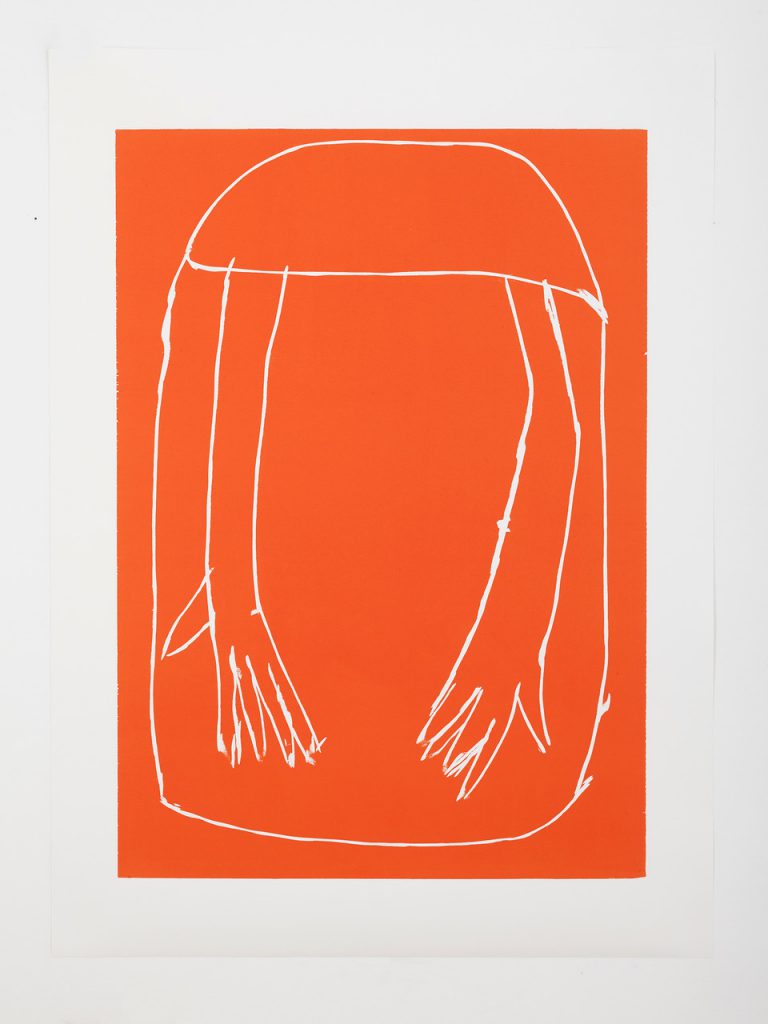
Courtesy of Hollybush Gardens. Photo: Andy Keate.
For her own programming, Smith is waiting. Although a viewing room for Magenta Plains’s current exhibition on the work of Jennifer Bolande is now live, Smith says that the gallery will be taking a considered approach by observing the capacities of the various online fairs that they are currently participating in. Panting, likewise, has had to give serious if cautious reconsideration to her gallery’s own online presence, which would represent a fundamental shift in Hollybush Garden’s operating ethos. “We’ve always had the philosophy that it’s all been about the experience in space, or with artwork, or with artists.” The questions become how to create an online experience that doesn’t sacrifice rigor; how to correctly orient digital technology to the type of work one wishes to display; and how best to utilize Hollybush Garden’s small staff in the major commitment of time and labor required for developing an online platform. “It might be worth seeing how some of these experiments by people who can afford several transitions, how they work.”
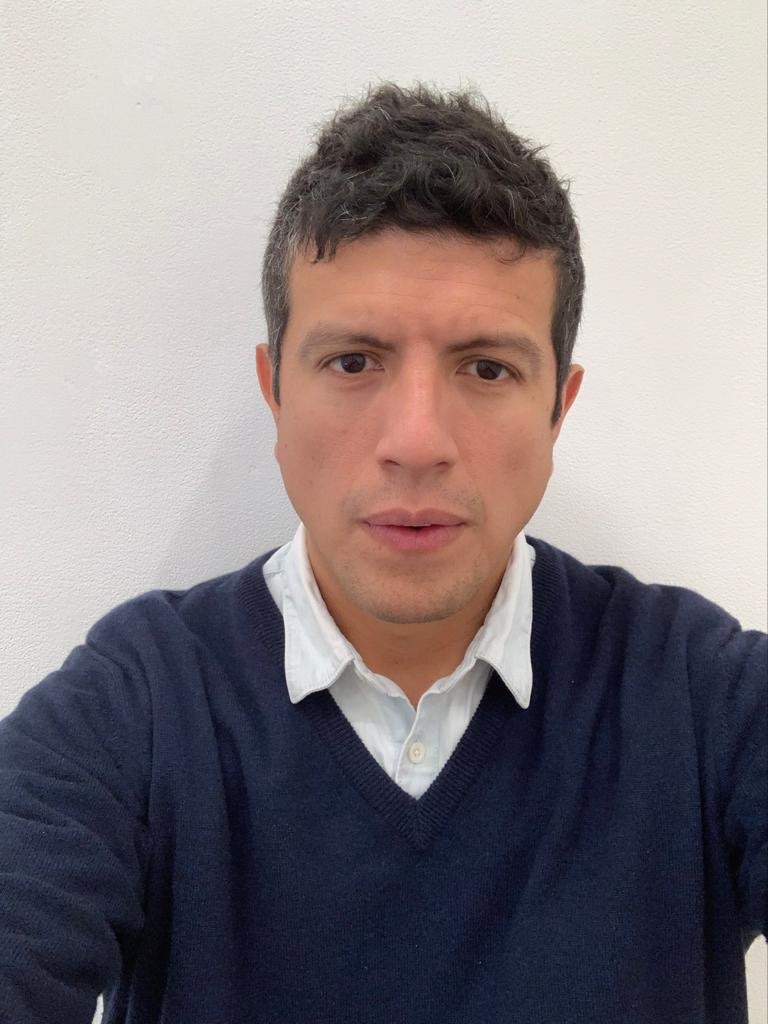
For smaller galleries, this might be the best approach. “I do think that the online viewing room is in the beta phase,” Fuentes says. “It’s a race to see who perfects it and then it’s all going to level out because everyone is going to have access to the same coding or resources.” On May 1, James Fuentes Gallery will launch its own online viewing platform with the exhibition The Artist and the Self. Already in the works before the pandemic, Fuentes sees his project as a way to further explore the “potential for non-adversarial relationships with blue-chip galleries.” In addition to cultivating a collaborative network, he speculates that online exhibitions could have the potential to replace the gauntlet of biennials, and perhaps reinvigorate what he describes as “the virtue of the local.” As our interview wound down, Fuentes reflected out loud: “What are we chasing flying all over the world relentlessly? What is it that we’re really after that we can’t seem to find?”
Although I wonder why Zwirner’s Platform exhibitions are only online for a month—what is stopping them from going on longer? Or from cycling other galleries in to participate?—the project is one possible model for gallery relationships to proceed in a mutually beneficial way in the post-COVID-19 era. As galleries of all scales face the threat of permanent closure, there is a clear and urgent need to reassess what elements of the art world are worth keeping, and which are worth reimagining.
Text © Nathan Jones 2020